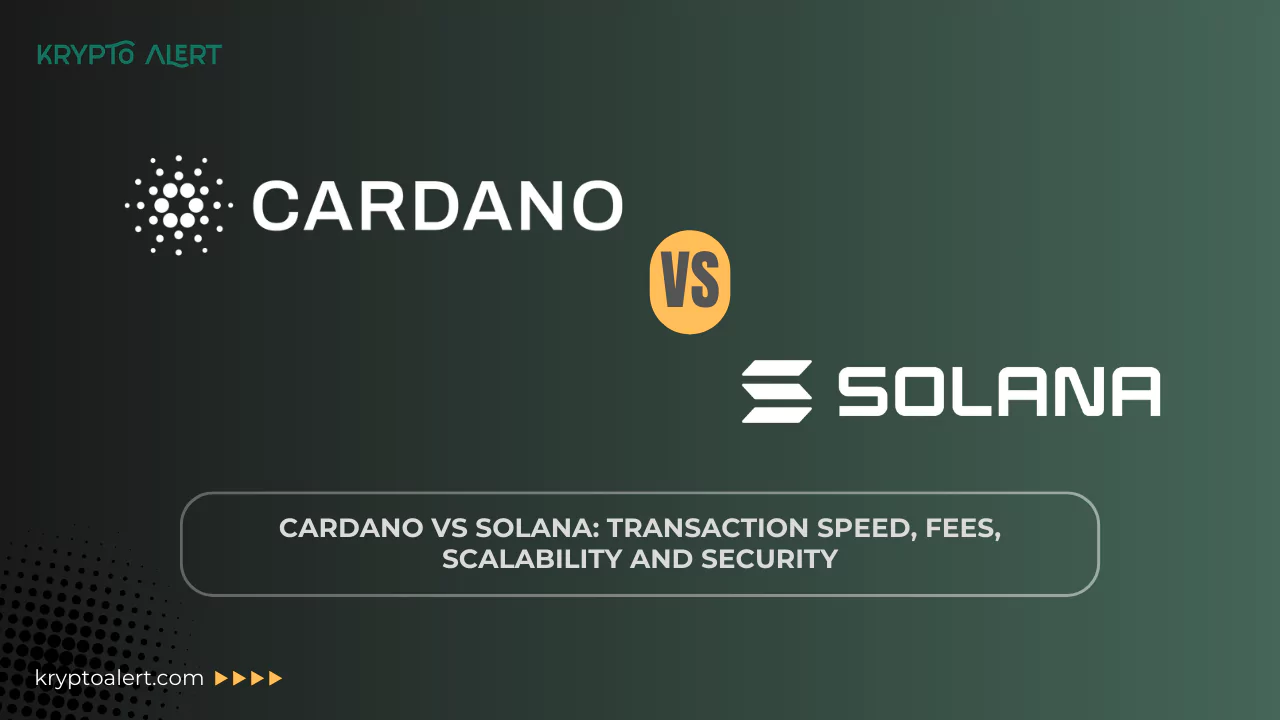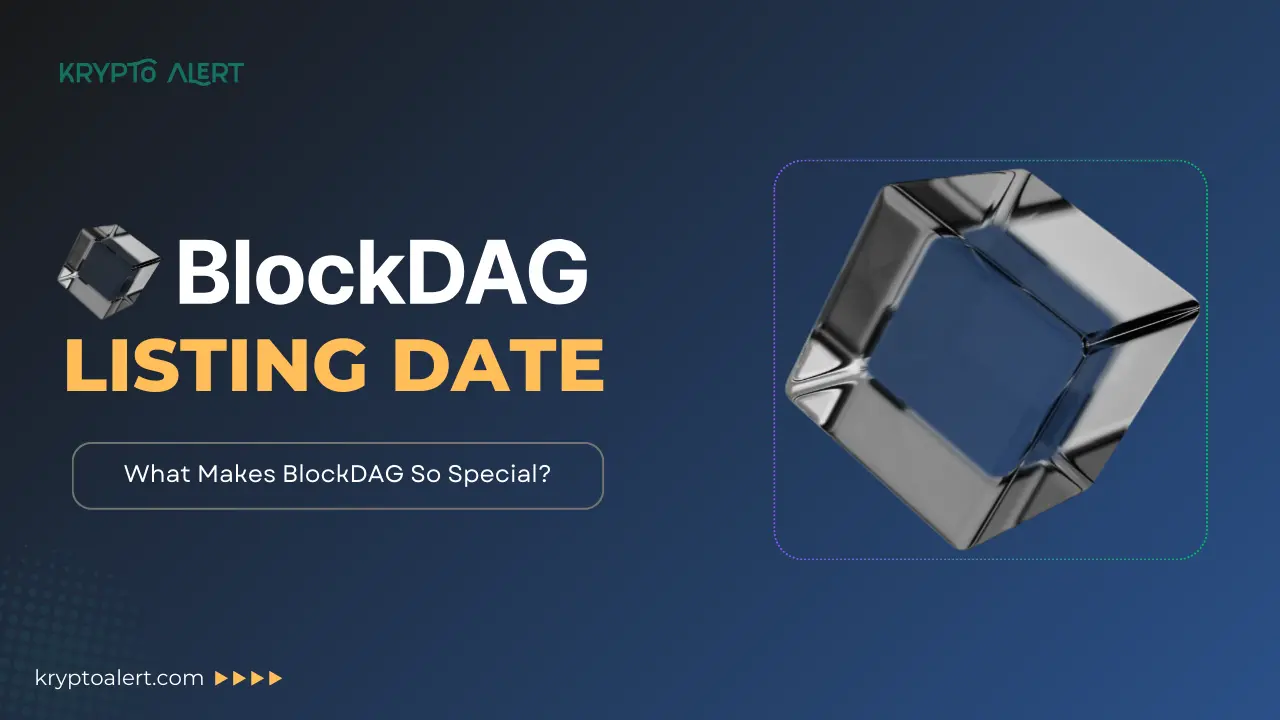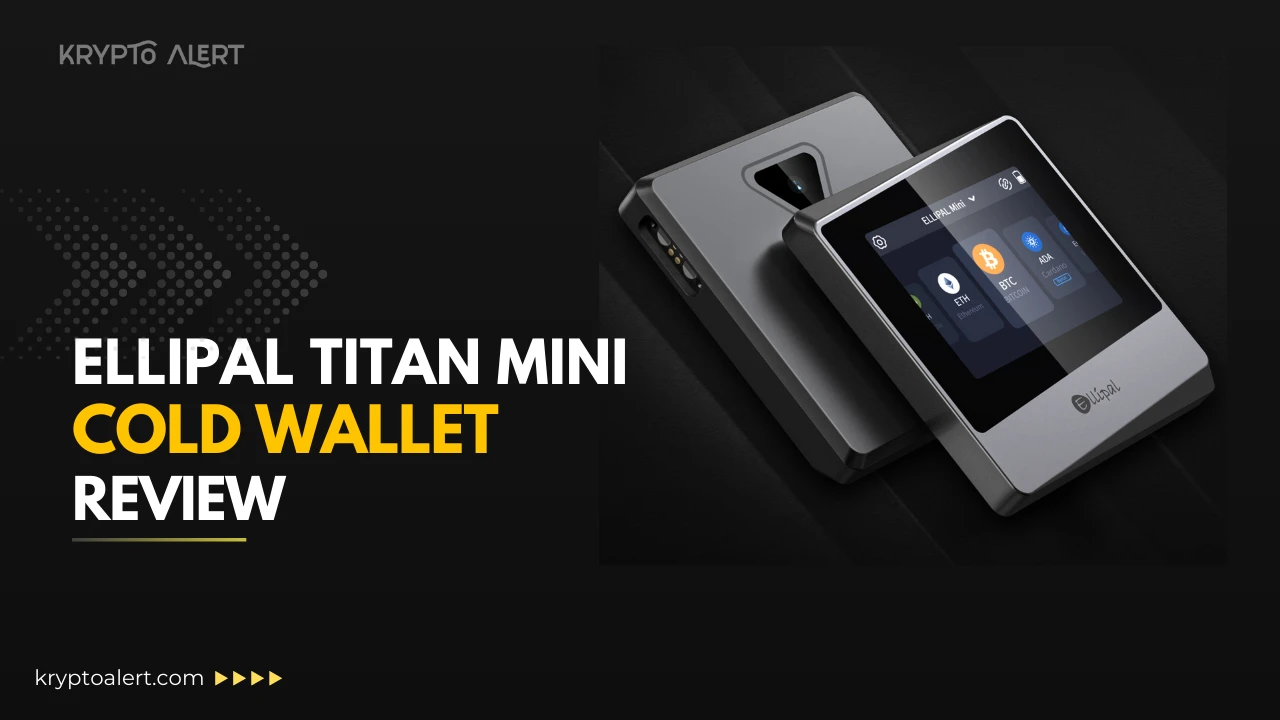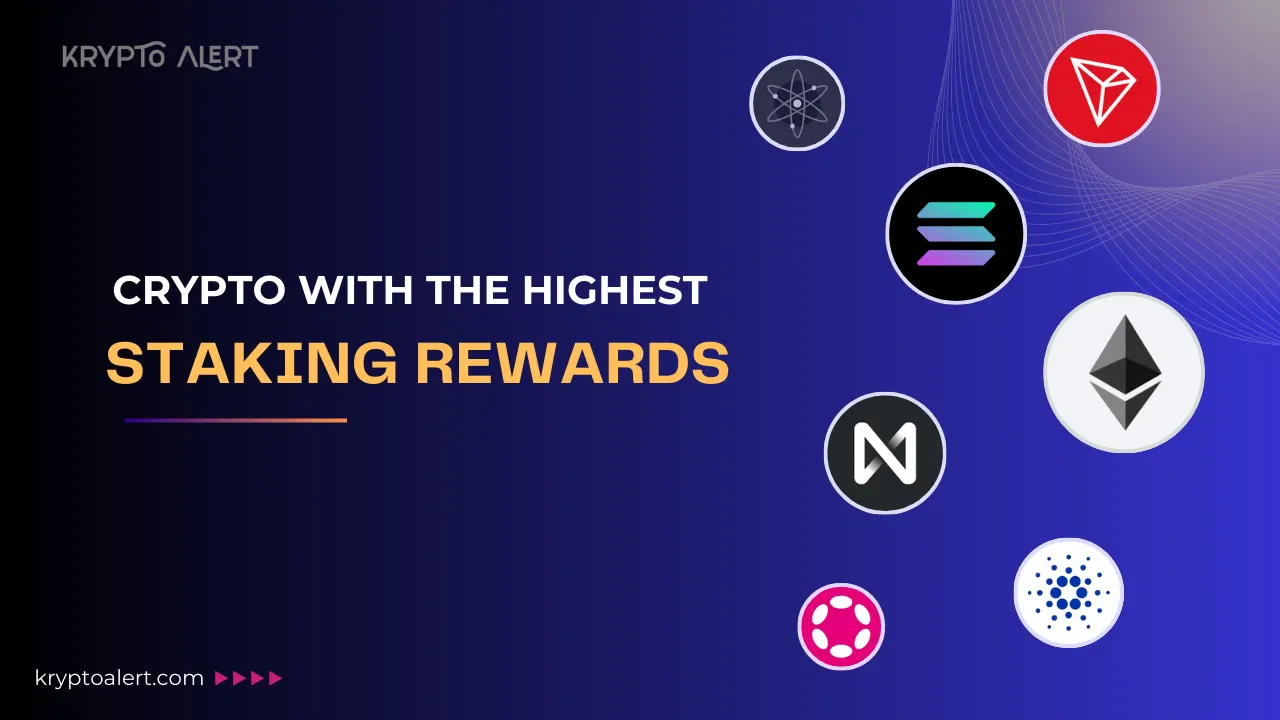In the world of blockchain technology, Cardano and Solana are two prominent names that have gained significant attention. Both platforms aim to provide scalable, secure, and efficient solutions for decentralized applications (dApps) and smart contracts. However, they differ in their approach, architecture, and overall vision. This article will provide a detailed comparison between Cardano and Solana, covering various aspects such as technology, performance, governance, and more.
Table of Contents
Overview of Cardano
History and Development
Cardano is a blockchain platform that was founded by Charles Hoskinson, one of the co-founders of Ethereum. It was launched in 2017 by Input Output Hong Kong (IOHK), a blockchain research and development company. Cardano aims to provide a more secure and scalable infrastructure for the development of dApps and smart contracts.
Key Features
- Layered Architecture: Cardano uses a unique two-layer architecture consisting of the Cardano Settlement Layer (CSL) and the Cardano Computation Layer (CCL). The CSL handles transactions, while the CCL is responsible for smart contracts and dApps.
- Proof of Stake (PoS): Cardano uses a PoS consensus mechanism called Ouroboros, which is designed to be more energy-efficient than Proof of Work (PoW) systems.
- Peer-reviewed Research: Cardano’s development is based on academic research and peer-reviewed papers, ensuring a high level of security and reliability.
Consensus Mechanism
Cardano uses the Ouroboros PoS consensus mechanism, which divides time into epochs and slots. Each slot has a slot leader who is responsible for creating new blocks. Ouroboros is designed to be secure, scalable, and energy-efficient.
Overview of Solana
History and Development
Solana was founded in 2017 by Anatoly Yakovenko and launched in 2020. It aims to provide a high-performance blockchain platform that can handle thousands of transactions per second (TPS) with low fees. Solana is designed to support decentralized applications and cryptocurrencies at scale.
Key Features
- Proof of History (PoH): Solana introduces a unique consensus mechanism called Proof of History, which uses a cryptographic clock to order transactions before they are processed by the network.
- High Throughput: Solana is capable of processing up to 65,000 TPS, making it one of the fastest blockchain platforms available.
- Low Transaction Costs: Solana’s efficient architecture allows for low transaction fees, making it cost-effective for users and developers.
Consensus Mechanism
Solana uses a combination of Proof of History (PoH) and Proof of Stake (PoS) to achieve consensus. PoH provides a historical record of transactions, while PoS is used to validate and confirm transactions. This combination allows Solana to achieve high throughput and low latency.
Technology Comparison
Architecture
| Feature | Cardano | Solana |
|---|---|---|
| Layered Architecture | Yes (CSL and CCL) | No |
| Consensus Mechanism | Ouroboros PoS | PoH + PoS |
| Smart Contracts | Yes (Plutus) | Yes (Rust, C, C++) |
| Scalability | Moderate | High |
| Security | High (peer-reviewed) | High |
Smart Contracts
Cardano uses a smart contract platform called Plutus, which is based on Haskell, a functional programming language. Plutus allows developers to write secure and reliable smart contracts. Solana, on the other hand, supports smart contracts written in Rust, C, and C++, providing more flexibility for developers.
Scalability
Cardano’s layered architecture allows for some level of scalability, but it is not as high as Solana’s. Solana’s PoH and PoS combination enables it to process thousands of transactions per second, making it one of the most scalable blockchain platforms.
Security
Both Cardano and Solana prioritize security. Cardano’s development is based on peer-reviewed research, ensuring a high level of security and reliability. Solana’s PoH and PoS consensus mechanisms also provide strong security guarantees.
Performance Comparison
Transaction Speed
| Platform | Transactions Per Second (TPS) |
|---|---|
| Cardano | ~250 |
| Solana | ~65,000 |
Cardano’s transaction speed is relatively moderate, with a capacity of around 250 TPS. In contrast, Solana can handle up to 65,000 TPS, making it significantly faster.
Transaction Costs
| Platform | Average Transaction Cost |
|---|---|
| Cardano | ~$0.20 |
| Solana | ~$0.00025 |
Solana’s transaction costs are much lower than Cardano’s, making it more cost-effective for users and developers.
Network Congestion
Cardano has experienced some network congestion during periods of high demand, leading to slower transaction times and higher fees. Solana, with its high throughput, has generally been able to handle high demand without significant congestion.
Governance and Community
Governance Models
| Platform | Governance Model |
|---|---|
| Cardano | Decentralized, community-driven |
| Solana | Centralized, with a core development team |
Cardano uses a decentralized governance model, where decisions are made by the community through a voting process. Solana, on the other hand, has a more centralized governance model, with a core development team making most of the decisions.
Community Support
Both Cardano and Solana have strong community support. Cardano’s community is highly engaged in the platform’s development and governance, while Solana’s community is focused on building and deploying dApps.
Developer Ecosystem
| Platform | Developer Ecosystem |
|---|---|
| Cardano | Growing, with a focus on security |
| Solana | Rapidly growing, with a focus on speed and scalability |
Cardano’s developer ecosystem is growing, with a focus on security and reliability. Solana’s developer ecosystem is rapidly expanding, with a focus on speed and scalability.
Use Cases and Adoption
Real-world Applications
| Platform | Real-world Applications |
|---|---|
| Cardano | Financial services, identity verification, supply chain |
| Solana | DeFi, NFTs, gaming, web3 applications |
Cardano is being used in various real-world applications, including financial services, identity verification, and supply chain management. Solana is widely used in decentralized finance (DeFi), non-fungible tokens (NFTs), gaming, and web3 applications.
Partnerships and Collaborations
| Platform | Partnerships and Collaborations |
|---|---|
| Cardano | World Mobile, Ethiopian government, SingularityNET |
| Solana | Serum, FTX, Chainlink, Audius |
Cardano has partnered with organizations like World Mobile, the Ethiopian government, and SingularityNET. Solana has collaborated with projects like Serum, FTX, Chainlink, and Audius.
Market Performance
| Platform | Market Cap (as of February 2025) |
|---|---|
| Cardano | ~$26 billion |
| Solana | ~$97 billion |
As of October 2023, Solana has a higher market cap compared to Cardano, reflecting its growing adoption and market presence.
Pros and Cons
Cardano Pros and Cons
| 👍Pros | 👎Cons |
|---|---|
| Strong focus on security and peer-reviewed research. | Slower transaction speeds compared to Solana. |
| Decentralized governance model. | Higher transaction costs. |
| Layered architecture for flexibility. | Limited scalability. |
Solana Pros and Cons
| 👍Pros | 👎Cons |
|---|---|
| High transaction speeds (up to 65,000 TPS). | More centralized governance model. |
| Low transaction costs. | Less focus on peer-reviewed research. |
| Strong focus on scalability and performance. | Potential network congestion during extreme demand. |
Future Outlook
Roadmap and Upgrades
Cardano:
Cardano has a detailed roadmap that includes the implementation of smart contracts, scalability improvements, and further decentralization. The platform is also working on interoperability with other blockchains.
Solana:
Solana is focused on improving its scalability and performance further. The platform is also working on enhancing its developer ecosystem and expanding its use cases in DeFi, NFTs, and gaming.
Potential Challenges
Cardano:
Cardano faces challenges related to scalability and transaction speeds. The platform needs to address these issues to compete with faster and more scalable blockchains like Solana.
Solana:
Solana’s main challenge is maintaining its high performance and scalability while ensuring decentralization and security. The platform also needs to address potential network congestion during periods of extreme demand.
Conclusion
Cardano and Solana are two leading blockchain platforms with distinct approaches and strengths. Cardano focuses on security, peer-reviewed research, and decentralized governance, making it a strong contender for applications that require high reliability and security. Solana, on the other hand, excels in speed, scalability, and low transaction costs, making it ideal for high-performance applications like DeFi and gaming.
Ultimately, the choice between Cardano and Solana depends on the specific needs and priorities of the user or developer. Both platforms have their unique advantages and challenges, and their future success will depend on how well they address these challenges and continue to innovate in the rapidly evolving blockchain space.




Leave a Reply